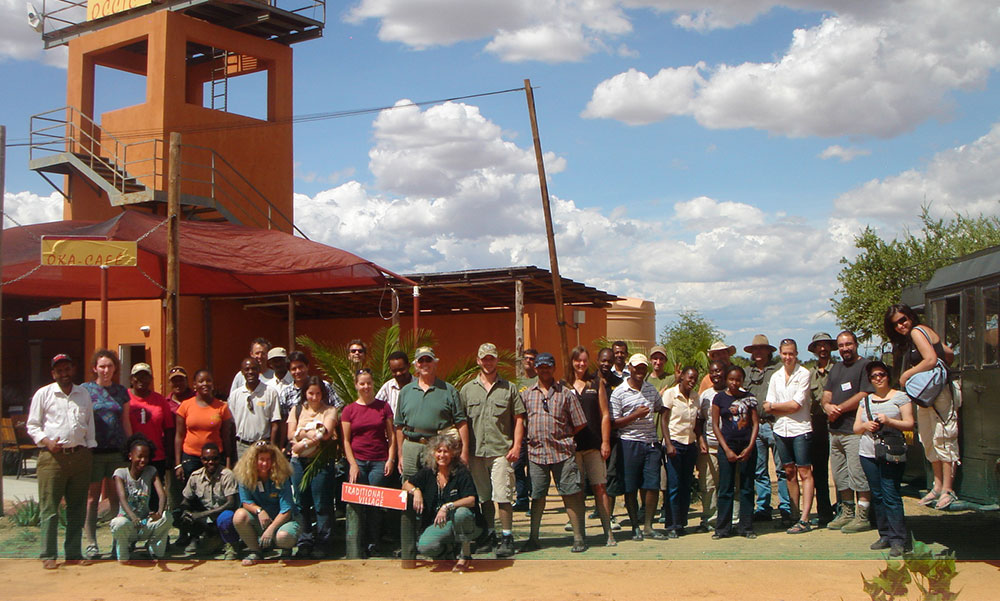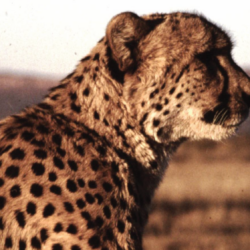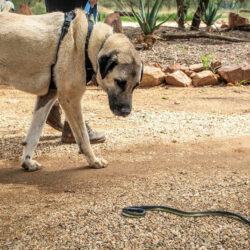Economic Development Through Greater Waterberg Landscape Initiative
-

- by Dr. Laurie Marker June 1, 2015

For the past six months, we have been working on an exciting new project to help develop the economies of four neighboring conservancies, which we have named the Greater Waterberg Landscape Initiative. With primary support provided by a grant from the 10th European Development Fund and additional support from Disney Conservation Fund, Busch Gardens, and the Cheetah Species Survival Plan (SSP), we are taking the Future Farmers of Africa training course out to the rural areas and bringing it to the people who are not able to avail themselves of training at CCF’s Centre. At the same time, we are conducting additional workshops to train residents in how to set up tourism-focused businesses making and selling their handmade arts and crafts. We just held our second craft workshop and are gearing up for the third.
We are very excited to expand the economy of this region from one based on traditional subsistence farming to a broader, more viable economic structure and develop the area as a modern eco-tourist destination over the next several years. With these grants, we have been able to hire a main agriculture training mentor and four local men as facilitators, one from each conservancy, to help coordinate the training workshops and reach out to their people to bring them in. We selected them because of their history of leadership within their respective conservancies.

In addition, a new livestock veterinarian is on his way to Namibia to support the work done by our Livestock training mentor, Sampson Karamata. And, veterinary students from Cornell University are also coming to Namibia this summer to assist with human-wildlife conflict management. Sampson is currently spending four days a week working with Matti Nghikembua, CCF’s Senior Ecologist and Education Officer, on our integrated wildlife livestock management program traveling to the four conservancies with the above mentioned facilitators. The next planned step in the evolution is to go out into the villages and look at the health of the livestock to help the villagers implement what they learned in the training course.
Capacity building and training is critical for the economic development initiative to succeed. We believe that the years we’ve spent putting the tools in place are going to pay off as we implement the trainings on a larger scale. Hereroland and the Greater Waterberg Landscape are important areas because they are home to several of the world’s most endangered species, including cheetahs, wild dogs, and cape vultures.
Related Reading
-
December 4, 2024
Double Your Donation for the Cheetah -
June 15, 2024
Snake Aversion Training




